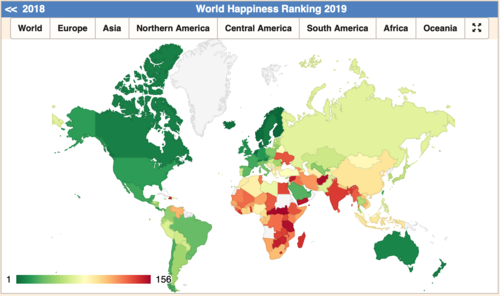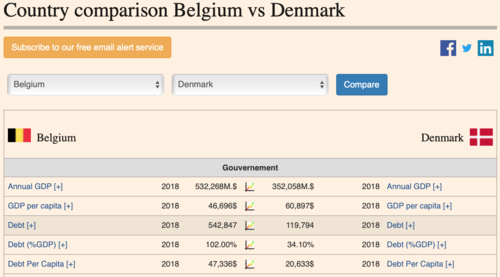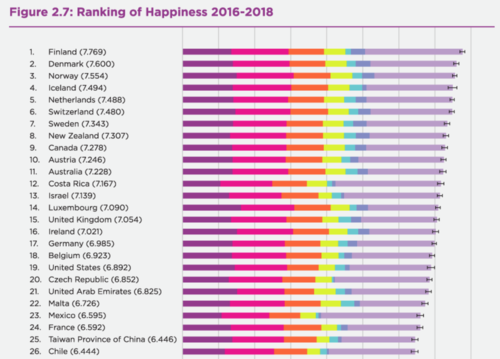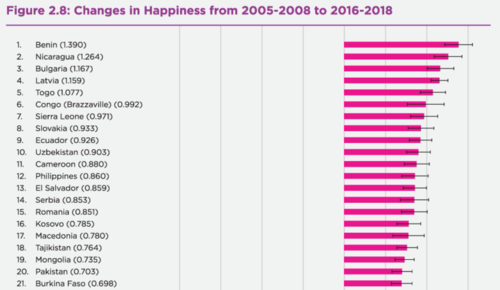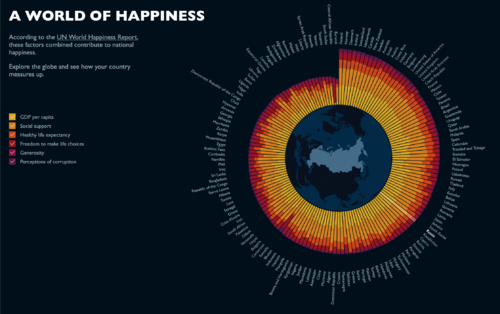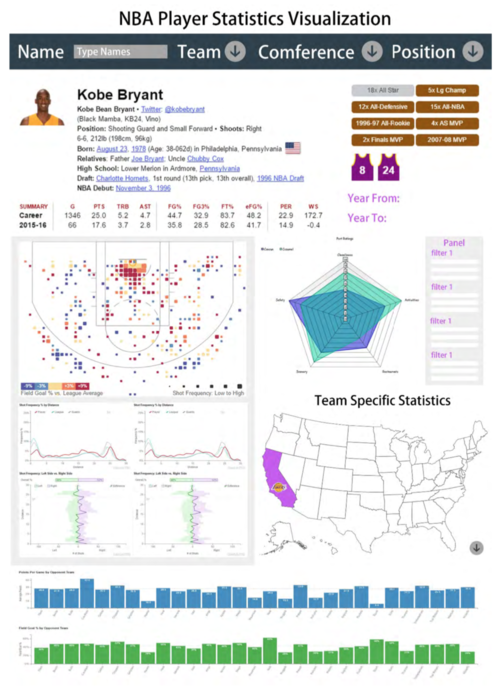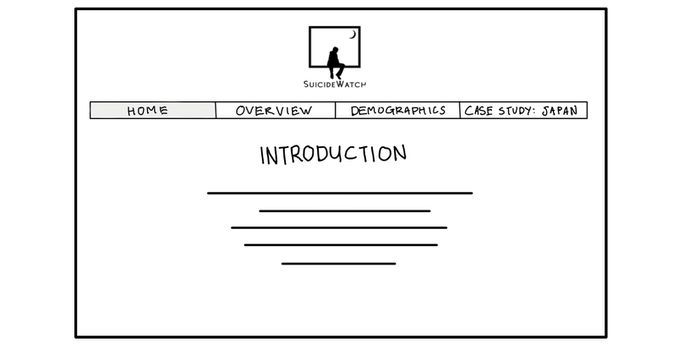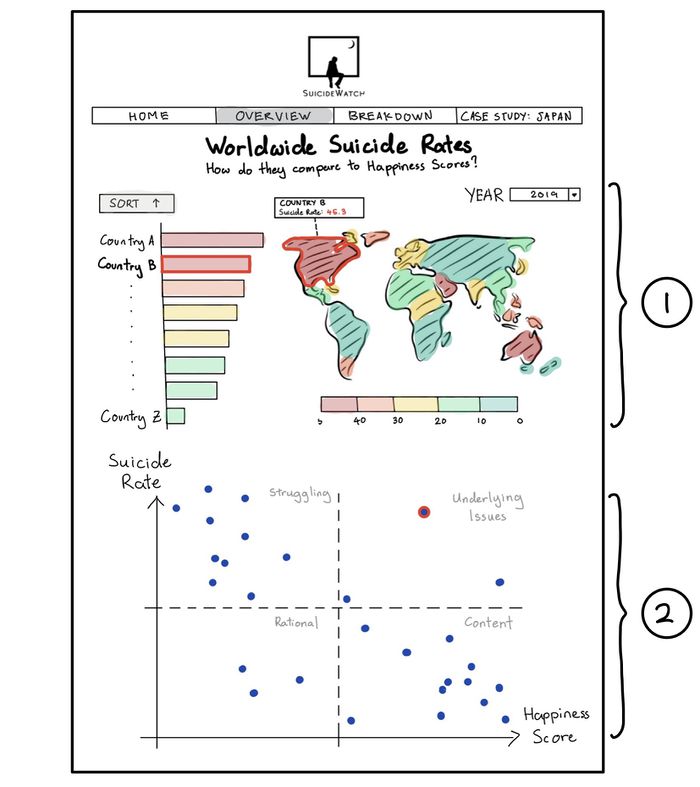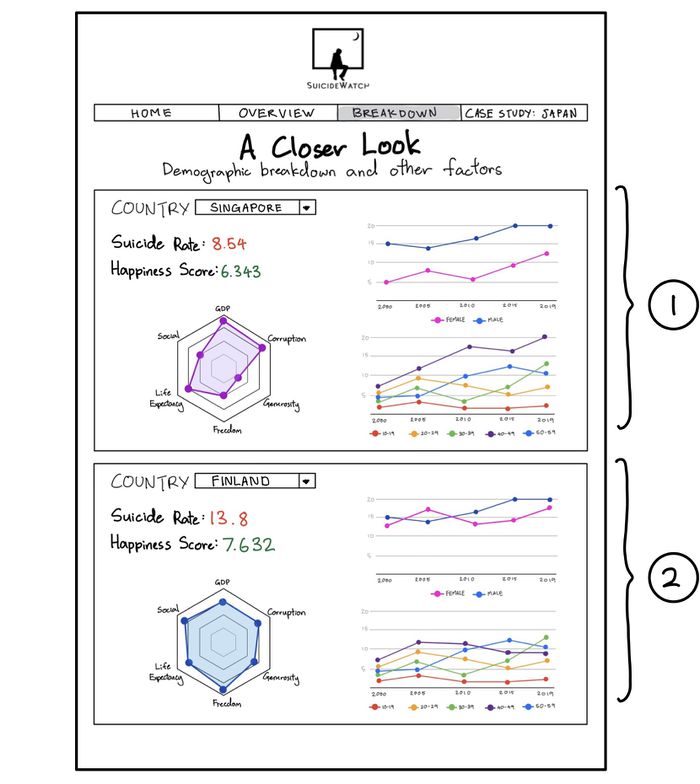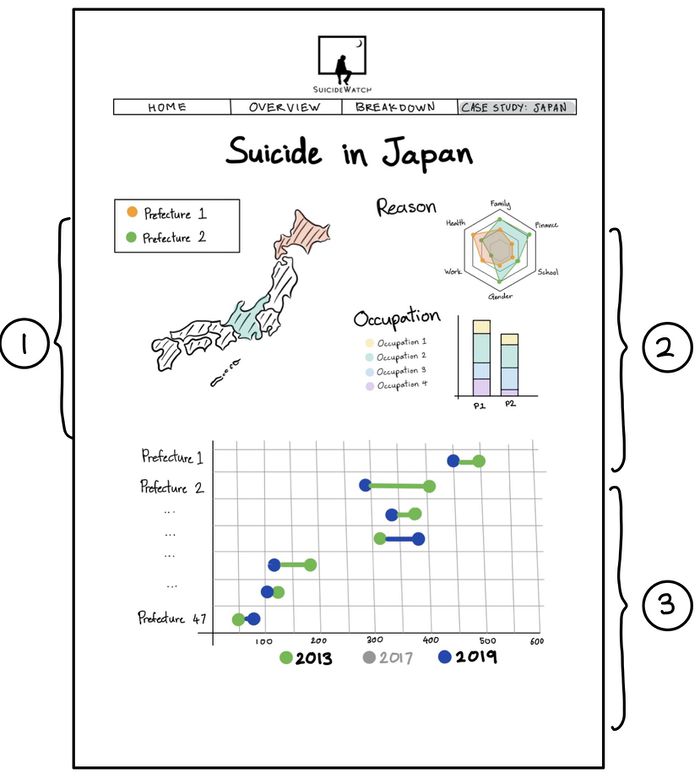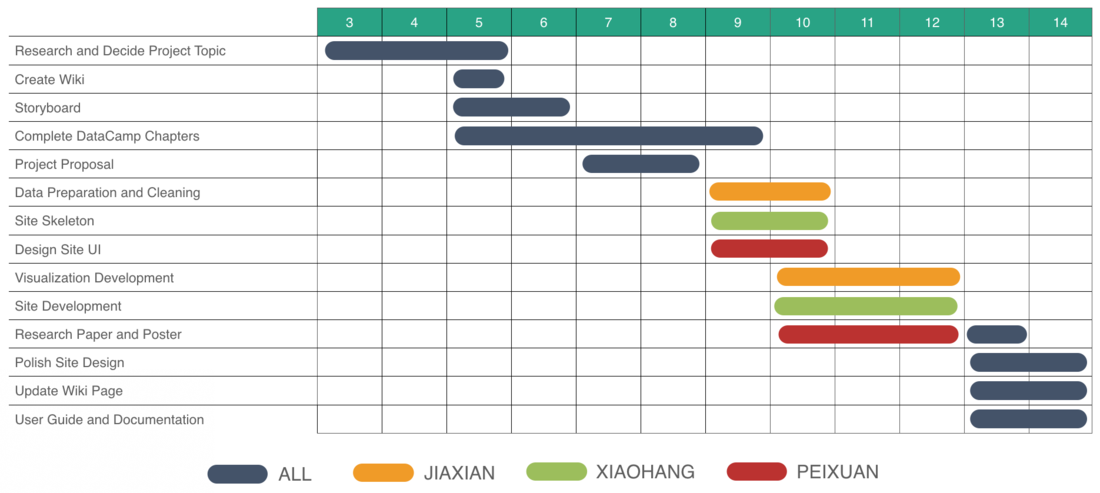Difference between revisions of "HappinessWatch: Proposal v3"
| Line 149: | Line 149: | ||
| | | | ||
<p><center>'''The New Zealand Labour Market Dashboard''' </center></p> | <p><center>'''The New Zealand Labour Market Dashboard''' </center></p> | ||
| − | [[File: | + | [[File:SW_inspiration1.png|500px|center]] |
| − | <p><center>'''Source''': | + | <p><center>'''Source''': http://www.analyticshero.com/2012/09/11/how-to-use-scatterplot-quadrant-analysis-with-your-web-analytics-data/</center></p> |
|| | || | ||
* Effectively visualises value changes between any two years | * Effectively visualises value changes between any two years | ||
Revision as of 23:12, 13 November 2019
Version 3
|
Upon exploring the data and consulting Prof. Kam, our team decided to focus on visualising global happiness instead due to data constrains and to prevent making false correlations between suicide rates and happiness scores.
Contents
PROBLEM & MOTIVATION
Traditionally, a country’s well-being has been measured on economic variables like GDP or unemployment rate. However, no institution, nation or group of people can really be properly understood without also factoring in a number of other elements. One of these key elements is happiness. What contributes to a country’s happiness? Why are some countries happier than others? Are there any trends or patterns we can discern from the available data? With reference to the World Happiness Report, we attempt to visualize the factors that contribute to a country’s happiness on a global scale.
OBJECTIVES
In this project, we are hope to create a visualization that enables the following:
- Identify regions or countries with the highest happiness scores
- Visualise the happiness scores over time
- Explore the factors contributing to happiness score
- Comparison of happiness scores and its factors across countries
SELECTED DATASETS
| Dataset/Source | Data Attributes | Why this Dataset? |
|---|---|---|
(https://worldhappiness.report/ed/2019/) |
|
|
RELATED WORKS
| Example | Takeaways |
|---|---|
|
|
|
|
|
|
|
|
|
DESIGN INSPIRATIONS
| Example | Takeaways |
|---|---|
|
|
|
|
|
|
PROPOSED STORYBOARD
Our proposed application will consist of four pages:
LANDING PAGE
| Proposed Layout | Description |
|---|---|
|
This page will serve as an introduction to our problem and objectives, to give the viewer an overview of our project. The viewer can navigate to specific sections by clicking on the respective headers. |
OVERVIEW
This page will provide the viewer with an overview of global suicide rates and overall happiness scores.
| Proposed Layout | Description |
|---|---|
|
BREAKDOWN
| Proposed Layout | Description |
|---|---|
|
CASE STUDY: JAPAN
To show that country level analysis may still be too generalised, this page is a further breakdown of Japan's suicide statistics at the prefecture level.
| Proposed Layout | Description |
|---|---|
|
PROJECT TIMELINE
KEY CHALLENGES
| Challenge | Mitigation |
|---|---|
|
Inexperienced with Creating and Designing Visualisations |
|
|
Inexperienced with R and R Shiny |
|
|
Limited Access to Sensitive Suicide Data |
|
|
Time and Workload Constrains |
|
REFERENCES
- Semantic Dashboard (https://github.com/Appsilon/semantic.dashboard)
- R Shiny Gallery (http://shiny.rstudio.com/gallery/)
- World Happiness Report (https://worldhappiness.report)
COMMENTS
Feel free to leave us some comments or feedback!
| Name | Comment/Feedback |
|---|---|
|
Your Name |
|
|
Your Name |
|

